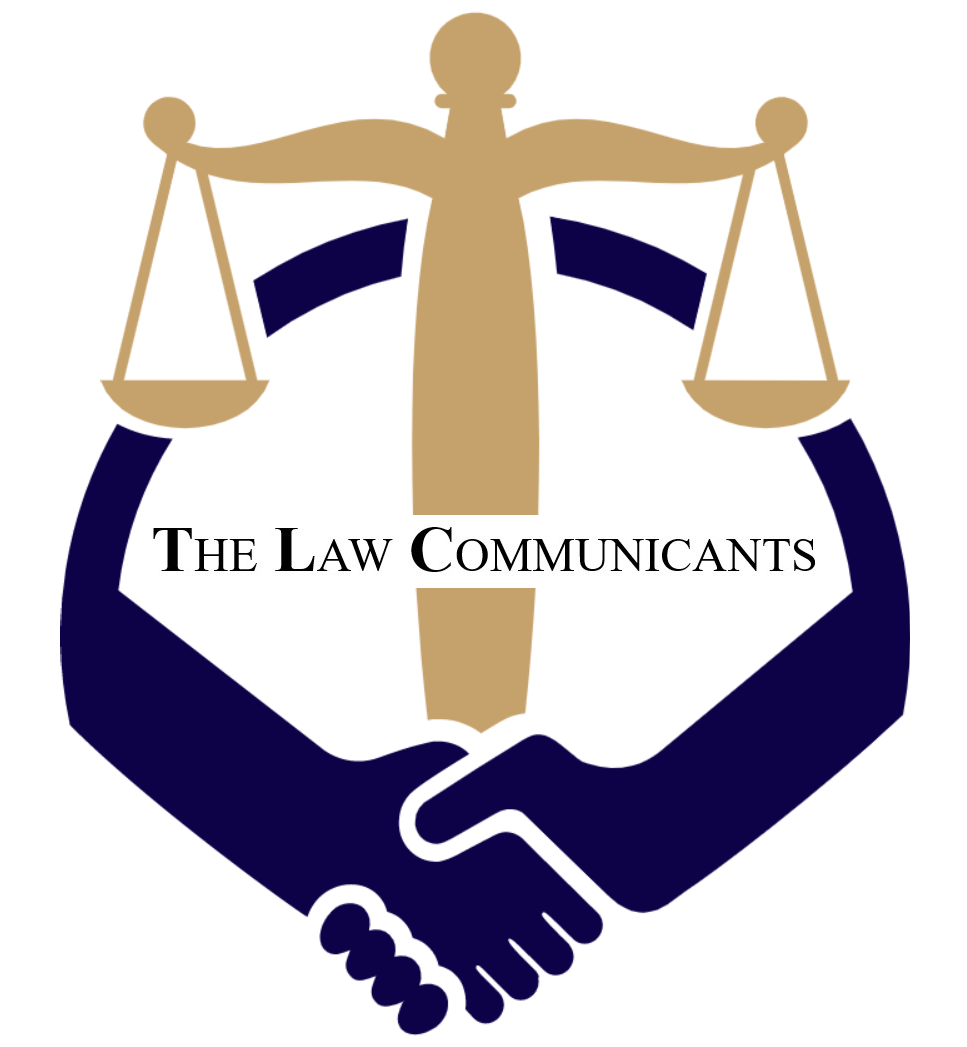Trademark opposition strategy in 2025: evidence, affidavits, timelines, and common blunders
Table of Contents
- The one‑minute takeaway
- Opposition timelines that decide outcomes
- Evidence strategy: what wins and what’s wasted
- Drafting the Notice of Opposition: essentials that stick
- Affidavit samples: structure you can mirror
- Service and filing hygiene: avoid abandonment traps
- Hearing preparation: compressing your case into 20 minutes
- Common blunders that sink oppositions
- Opposition vs rectification: strategic forks
- Cost, duration, and ROI expectations (2025)
- Checklists you can print
- Sample paragraphs you can adapt
- Final pointers for 2025
Here is a comprehensive, SEO‑friendly playbook for a winning trademark opposition strategy in India in 2025, covering evidence, affidavits, timelines, and the most common blunders—with sample paragraphs and checklists that can be dropped into filings. Every section below maps directly to the Trade Marks Act and Trade Marks Rules, 2017, and current Registry/case‑law practice.
The one‑minute takeaway
- Diary three hard clocks: file the Notice of Opposition within four months of advertisement; ensure the applicant files the counter‑statement within two months of service; and file the opponent’s evidence affidavit within two months of receiving the counter‑statement or risk abandonment under Rule 45.
- Build your evidentiary spine early: Prior use, turnover, invoices, ads, domain, social proof, and consumer confusion—attach through a properly verified Rule 45 affidavit with marked exhibits; sloppy or late affidavits are the top cause of opposition failure.
- Avoid “new facts” late in reply evidence and never miss the service formalities; follow the Rule 45–46–47 sequence precisely to keep the matter alive through hearing and decision.
Opposition timelines that decide outcomes
- Opposition filing: File Notice of Opposition on Form TM‑O within four months from the date of advertisement/publication in the Trade Marks Journal; this is a hard stop.
- Counter‑statement: On service of the Notice, the applicant must file counter‑statement on TM‑O within two months of receipt; if not, the application is deemed abandoned—no extensions.
- Opponent’s evidence (Rule 45): Within two months of service of the counter‑statement, the opponent must either file evidence by affidavit or intimate reliance on the Notice of Opposition; failure to do either triggers deemed abandonment under Rule 45.
- Applicant’s evidence (Rule 46): Within two months of receiving the opponent’s affidavit/intimation, the applicant must file evidence by affidavit in support of its application (or intimate reliance), failing which the application risks abandonment.
- Opponent’s reply (Rule 47): Within one month of receiving the applicant’s affidavit/waiver, the opponent may file affidavit in reply limited strictly to rebuttal—no fresh grounds.
- Hearing: Typically listed within about three months of completion of evidence; parties must lodge hearing notice of appearance and are limited to two adjournments of up to 30 days each via TM‑M.
Stage map and consequences:
- Miss opposition window → application proceeds; later cancellation only.
- Miss counter‑statement by applicant → application abandoned.
- Miss Rule 45 affidavit/intimation → opposition abandoned.
Evidence strategy: what wins and what’s wasted
Evidence themes that matter:
- Prior use and goodwill: earliest invoices, GST bills, shipping docs, audited turnover, market share, channel spread; establish date of first use.
- Advertising and reputation: ad spends, campaign creatives, print/TV/digital placements, PR clippings, awards, sponsorships; show reach.
- Public presence: domain WHOIS, website archives, app store pages, Amazon/Flipkart listings, social media accounts with dates and followers.
- Confusion and Surveys: misdirected calls/emails, customer complaints, marketplace mix‑ups; tightly drafted surveys (methodology, sample, questions) to show likely confusion.
- Registrations and family of marks: prior Indian registrations/pending apps; foreign registrations if relevant to well‑known claims.
- Honesty or bad faith: adoption story of applicant, proximity in trade channels, knowledge of opponent, ex‑dealer/ex‑employee links.
Affidavit best practices (Rule 45/46/47):
- Use a senior, knowledgeable deponent (marketing head, director); state competence and exhibit custody.
- Number paragraphs; verify what is from personal knowledge vs records vs information believed to be true; sign with date and place.
- Stamp/attestation per local practice; annex clear, paginated exhibits with exhibit stickers and an index.
- Serve the affidavit and exhibits on the other side and “leave with the Registrar” within the deadline; keep acknowledgments.
Strict sequencing:
- Rule 45: opponent’s affidavit or reliance letter within two months of counter‑statement service.
- Rule 46: applicant’s affidavit within two months of Rule 45 packet.
- Rule 47: opponent’s rebuttal within one month, strictly limited to reply.
Courts underline timeliness: High Courts have stressed filing within the prescribed period and have treated failures as abandonment; even curable filing mistakes draw adverse costs and delay warnings.
Drafting the Notice of Opposition: essentials that stick
What to include (TM‑O content pointers):
- Application number, class, goods/services opposed; details of opponent and earlier rights (application/registration numbers, dates, priority if any).
- Grounds: prior use, prior registration, likelihood of confusion/deception, descriptiveness, bad faith, well‑known status where applicable—plead clearly.
- Verification: specify which paragraphs are true to knowledge, records, or information believed to be true; sign, date, place.
Sample ground paragraph (likelihood of confusion):
“The Applicant’s mark ‘X’ is deceptively similar to the Opponent’s prior‑used and registered mark ‘X PRIME’ in Class 30. The rival marks share the dominant element ‘X’ and overall commercial impression. The goods are identical—‘tea and coffee’—and utilize the same trade channels and consumer base. In Indian conditions of imperfect recollection, such similarity is likely to cause confusion or association.”
Affidavit samples: structure you can mirror
Opponent’s Rule 45 affidavit (skeleton):
- Authority and role of deponent; custody of records.
- Opponent’s adoption and first use with dated invoices/ads (Exhibits A–F).
- Sales and ad spend tables by year, with CA certificate (Exhibit G).
- Registrations/pending applications with details (Exhibits H–J).
- Online presence and marketplace listings with date‑stamped prints (Exhibits K–M).
- Instances of confusion/misdirected communications (Exhibits N–P).
- Comparative chart of marks and trade channels.
- Verification, signature, date, place; index of exhibits.
Applicant’s Rule 46 affidavit (skeleton):
- Deponent authority.
- Adoption rationale; coined/distinctive nature; disclaimers.
- Honest concurrent use; sales/ads; distinct trade dress (Exhibits A–F).
- Coexistence without confusion; third‑party marks.
- Rebut bad faith allegations; independence of adoption.
- Verification and exhibits.
Opponent’s Rule 47 reply (scope warning):
- Strictly rebut applicant’s evidence; do not add new grounds; highlight contradictions and insufficiency.
Service and filing hygiene: avoid abandonment traps
- Compute deadlines from actual service date of counter‑statement/evidence—keep the service cover and Registry acknowledgment.
- If relying on Notice (no evidence), still send a reliance letter within Rule 45’s two months; silence equals abandonment.
- Use TM‑M for hearing adjournments (max two, ≤30 days each) with reasons; file ≥3 days before hearing.
- File certified translations for non‑English/Hindi documents.
Hearing preparation: compressing your case into 20 minutes
- Hearing brief: chronology, grounds, exhibit index, confusion matrix, and case citations packed to 8–12 pages.
- Visuals: side‑by‑side mark comparison, trade dress elements, and marketplace screenshots.
- Anticipate: proof of first use, onus of confusion, and any “honest concurrent use” plea by the applicant.
Common blunders that sink oppositions
- Missing Rule 45 affidavit/reliance within two months—automatic abandonment; the single biggest failure point.
- Dumping unauthenticated screenshots without deponent verification and exhibit marking; registry discounts such material.
- Introducing fresh grounds at reply stage or hearing—liable to be ignored as beyond pleadings.
- Poor verification—failing to segregate knowledge vs information; defective affidavits invite objections.
- Ignoring translations and legibility; unpaginated annexures frustrate the record.
- Assuming counter‑statement deadline is extendable—it is not; but that hurts the applicant, not you.
Opposition vs rectification: strategic forks
- If the opposition window (4 months) is missed, consider rectification/cancellation post‑registration on similar grounds; more onerous and slower.
- Parallel civil action for infringement/passing off may be used in high‑stakes matters, but avoid inconsistent positions with opposition pleadings.
Cost, duration, and ROI expectations (2025)
- Filing fees: TM‑O official fee per class; multi‑class oppositions incur per‑class fees; applicant counter‑statement fee per opposition count.
- Timelines: 12–24 months typical through evidence and hearing, subject to Registry load and adjournments.
- Budgets: Affidavit preparation (evidence gathering, notarization, exhibits) is the major cost driver; plan early to reduce iterations.
Checklists you can print
Docketing checklist
- Opposition deadline (4 months from journal date).
- Applicant counter‑statement due (2 months from service).
- Opponent Rule 45 affidavit/reliance (2 months from CS service).
- Applicant Rule 46 affidavit (2 months).
- Opponent Rule 47 reply (1 month).
- Hearing window + TM‑M caps.
Evidence exhibits checklist
- First‑use invoice/PO; GST returns extracts.
- Year‑wise sales/ad spends + CA certificate.
- Ad creatives, PR, awards; domain WHOIS, web archives.
- Confusion instances and declarations; retailer statements.
- Registrations and watch notices.
Affidavit quality checklist
- Proper deponent with authority and custody.
- Knowledge vs records vs information split in verification.
- Clear exhibit stamps, pagination, translations.
- Service proofs to Registry and counter‑party on time.
Sample paragraphs you can adapt
Reliance letter (Rule 45):
“Pursuant to Rule 45, the Opponent states that it does not wish to adduce evidence by affidavit and shall rely upon the facts pleaded in the Notice of Opposition. This intimation is being served on the Applicant and left with the Registrar within the prescribed period.”
Adjournment (TM‑M):
“Due to [counsel’s medical emergency / witness unavailability], the Opponent seeks an adjournment under Rule [hearing provisions], not exceeding 30 days. This is the [first/second] adjournment request.”
Hearing appearance:
“The Opponent hereby notifies its intention to appear on the hearing date [dd/mm/yyyy] and shall rely upon the Evidence Affidavit dated [date] with Exhibits A–P and the written brief filed herewith.”
Final pointers for 2025
- The Registry and High Courts are stricter on Rule 45–47 timelines; use service logs to compute exact dates and file early to avoid abandonment.
- Quality beats quantity: curated, authenticated evidence with strong verification outperforms voluminous but unauthenticated dumps.
- Keep pleadings tight from day one—grounds you forget in the Notice are hard to sneak back in later.
By mastering the evidence cadence (Rule 45–46–47), drafting affidavits that tell the market story with credible documents, and avoiding abandonment traps, brand owners can consistently win oppositions—or at least force commercially favorable co‑existence terms in 2025.



